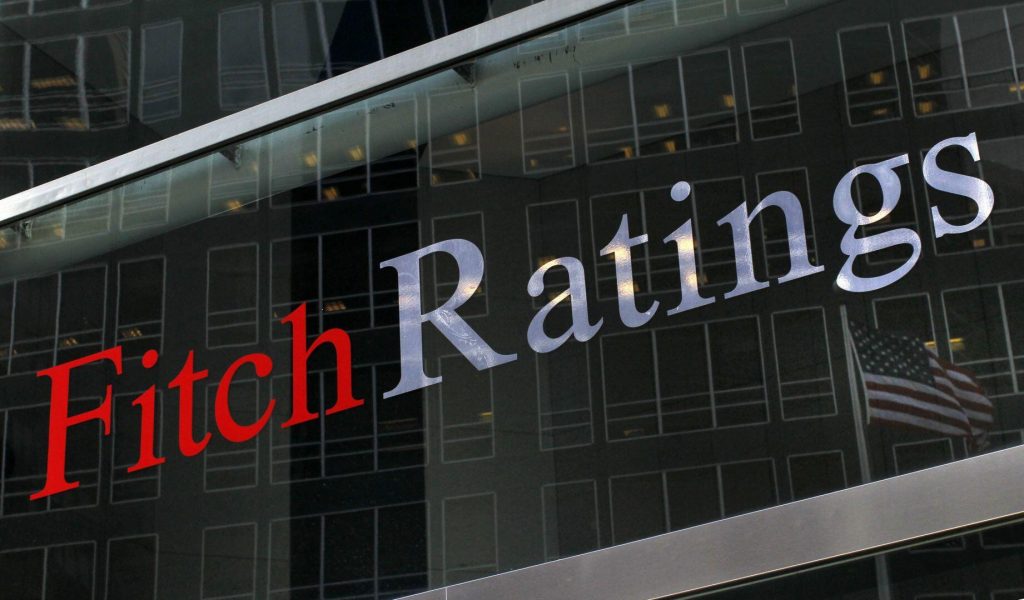Research agency Fitch Solutions expects production, capital expenditure (capex) and profitability in the mining industry to improve this year as commodity prices are soaring, while economies are recovering and vaccines are rolled out.
The agency forecasts that major mining firms will raise their spending budgets for this year. Consensus is for the capex of the top 30 miners globally to grow by about 23.7% year-on-year, after having stagnated in 2020.
Fitch reports that following on from the pick-up in activity in the second half of 2020, this year will see both output and investment fare relatively better, with positive financial results being released by most major miners who benefited from the rally in metal prices since the second quarter of last year – as soaring Chinese demand hit metal markets ridden with operational and supply chain disruptions during the pandemic.
With metal prices still going strong and expected to remain elevated by high global demand in the coming months, mining companies will look to invest their profits in valuable projects, increase existing mine efficiency through technological purchases and better their reputation by adopting greener and more socially responsible operating structures.
Fitch says mining companies have been announcing higher guidance for output and spending in 2021 and 2022 compared with 2020.
These updated guidance reflect stronger financials, low base effects, and a general vision to return to pre-planned levels of activity with the assumption that there would be no more lockdowns that could once again hamper miners’ capabilities.
For example, Vale is planning to continue ramping up output at its iron-ore operations over 2021 and 2022 to 400-million-tonne capacity run rates. This follows delays in permit approvals and absenteeism at its operations, which delayed Vale’s recovery from the Brumadinho dam collapse in 2019.
First Quantum Minerals, which owns the Cobre Panama mine in Panama, is maintaining copper output guidance of between 300 000 t and 330 000 t for this year compared with just 206 000 t produced in 2020.
The mine was placed on care and maintenance following a government order in early April 2020, which lasted through early July as a result of Covid-19.
In terms of project development, global mining investment is slated to see a boost in growth, similar to the narrative seen on the production side. Miners that have released capex guidance beyond 2020 have mostly announced shifts upward.
For example, Rio Tinto, which had reduced capex guidance to $6-billion in the 2020 financial year, is planning to spend $7.3-billion in the 2021 financial year, before upping it to $7.1-billion in the 2022 financial year.
This growth story is being driven more so by the top firms whereas smaller players are showing more of a flat spending outlook next year, according to analysts’ estimates as collected by Bloomberg.
Overall, the capex for all miners in 2020 decreased to $54.9-billion, marking a fall of 3.7% compared with the expected $57-billion. The expectation for this year is for capex in the mining industry globally to reach nearly $68-billion – which would be a 23% rise year-on-year.
On a commodity basis, Fitch is seeing prioritized investment in copper and less so in coal and other fossil fuels. For example, coal and petroleum investment accounted for 48.1% of all investment in the 2015 financial year for BHP, but fell to a stake of 21.9% in the 2020 financial year.
Similarly, Rio Tinto has been spending mainly on iron-ore, copper and aluminium over the last decade, having sold its last coal assets in the 2018 financial year.
Going forward, Fitch expects miners to increase investments further in copper, lithium and nickel projects owing to the rising demand for these metals from the renewable energy, battery and electric vehicle sectors.
In terms of exploration spend, Fitch says it remains lulled as it has been over the last decade, owing to a combination of harder-to-reach deposits and stringent budget control in tricky financial times.
With greater profitability in 2021, this strategy might reverse course.
Fitch has advised that despite its bullish outlook for miners’ capex, production and profitability this year and next, there remains a downside risk to this view, owing to slow vaccination rollouts and the risk of a third Covid-19 infection wave in many countries.
These risks can delay project completion timelines and hamper existing production in case of prolonged lockdowns.







